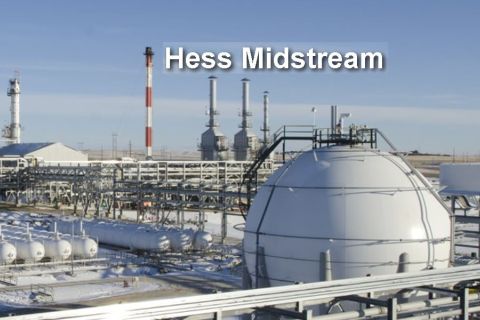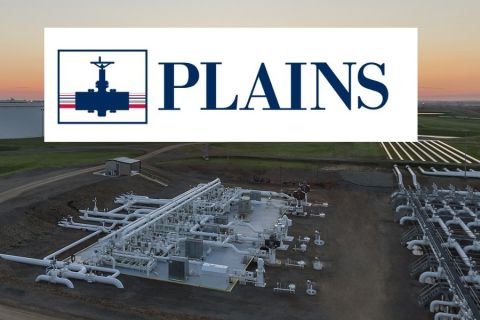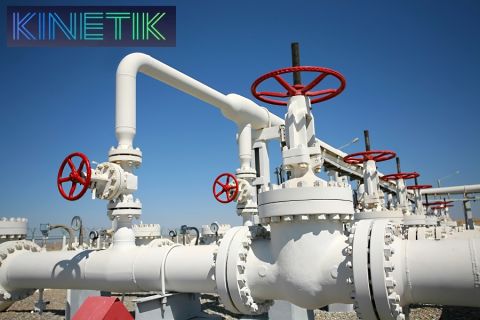
With the U.S. oil benchmark now trading at around $53/bbl, resisting the urge to start producing more crude may prove difficult for some U.S. shale producers, say executives including Matt Gallagher, an executive at Pioneer Natural Resources, who said: “There are going to be bad actors [who pursue] growth for growth’s sake.” (Source: Hart Energy)
U.S. shale producers, suddenly enjoying a rare period of profitability thanks to rising oil prices, are starting to worry that “bad actors” in the sector will spoil the rally with another drilling binge.
Less than a year after the oil crash forced the heavily indebted industry to slash spending and production, cash flows have turned positive. It comes as operators pledge to prioritize margins oversupply growth and investors over rigs.
But with the U.S. oil benchmark now trading at $53/bbl, most shale operators can turn a profit. Resisting the urge to start producing more crude may prove difficult, say some executives.
“I think it will be easier said than done,” said Matt Gallagher, an executive at Pioneer Natural Resources, a producer in the prolific Permian Basin oil field in Texas. “There are going to be bad actors [who pursue] growth for growth’s sake.”
Management teams across the shale sector say that last year’s crash has given way to a new era of capital discipline. But trust that all operators will hold the line and keep another price-sapping supply surge at bay is thin.
“There will be some,” said Pierre Breber, CFO at Chevron Corp., referring to operators that would reinject extra cash flow into new drilling—to shareholders’ dismay. “It just reinforces the behaviour that they've seen now for the last 10 years, which has not been rewarding to investors.”
Oil prices collapsed last April as the coronavirus pandemic slashed demand just as the market was flooded with Saudi crude. Production fell from a record high near 13 million bbl/d to around 11 million bbl/d now. But as economies have recovered, so has the price of oil.
The horizontal rig count, a good proxy for shale drilling, hit a low of less than 220 last July but has now risen more than 60% to 361, according to data provider Enverus—a level analysts say might already bring some output growth later this year.
Privately backed operators—which account for about 30% of shale production but do not face the same pressure as public companies to pay dividends—have driven a lot of this extra drilling activity. “The management teams are running against a return meter,” Gallagher said. “There’s only one way out for them to have a payday. And that’s to build the scale and flip.”
But public companies in the patch have a poor record of capital discipline too, amassing colossal debts in recent years by consistently outspending cash flows in the pursuit of more supply growth. Investors were fleeing the sector’s stocks even before last year’s oil crash.
A bottom has been hit in recent months, as the combination of rising oil prices—helped by lower shale supply—and deep spending cuts has improved operators’ finances. This year could be the industry’s best ever in cash flow terms, according to Rystad Energy, a consultancy.
For a sector that has often defined itself by its success with the drill bit, fighting the urge to begin deploying more rigs will be difficult, say investors. Thrift comes easy when companies lack capital, said Ben Dell, managing partner at private equity investor Kimmeridge Energy Management.
“The question that the industry—the question that everyone—is asking, is: when the commodity invariably rises, will the industry have any discipline? When the candy jar is full, can they keep their hand out of it?”
Recommended Reading
Hess Midstream Announces 10 Million Share Secondary Offering
2024-02-07 - Global Infrastructure Partners, a Hess Midstream affiliate, will act as the selling shareholder and Hess Midstream will not receive proceeds from the public offering of shares.
Plains All American Names Michelle Podavin Midstream Canada President
2024-03-05 - Michelle Podavin, who currently serves as senior vice president of NGL commercial assets for Plains Midstream Canada, will become president of the business unit in June.
Matador Completes NatGas Connections in Delaware Basin
2024-03-25 - Matador Resources completed natural gas pipeline connections between Pronto Midstream to San Mateo Midstream and to Matador’s acreage in the Delaware Basin.
Hess Midstream Subsidiary to Buy Back $100MM of Class B Units
2024-03-13 - Hess Midstream subsidiary Hess Midstream Operations will repurchase approximately 2 million Class B units equal to 1.2% of the company.
Kinetik Holdings Enters Agreement to Pay Debt
2024-04-04 - Kinetik Holdings entered an agreement with PNC Bank to pay down outstanding debt.





